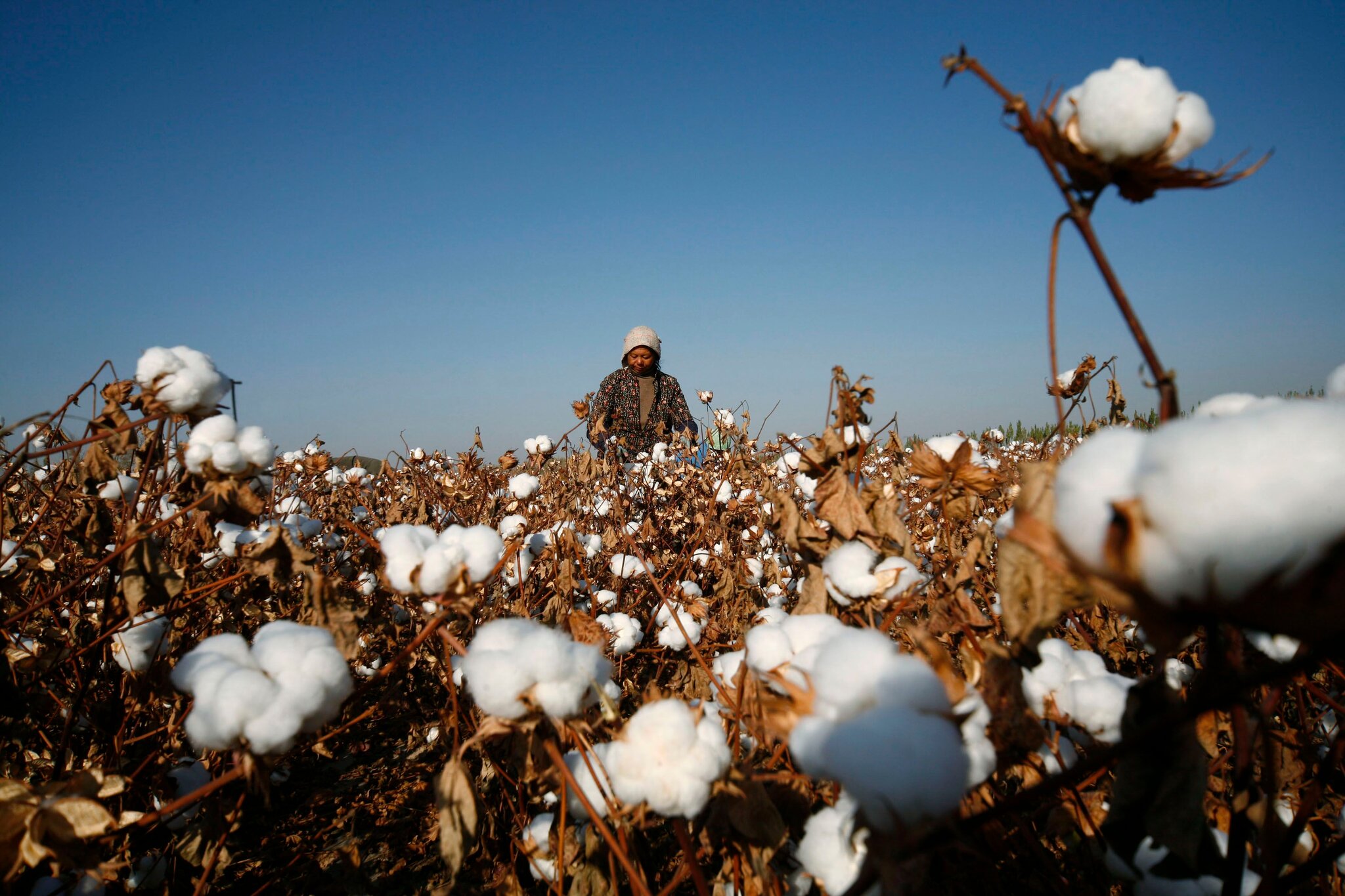In FY24, the share of India's yarn exports to China rose to 21 per cent in FY24from 10 per cent in FY23.
This increase was boosted by the competitive pricing of Indian cotton yarn alongwith concerns surrounding Xinjiang cotton production, which led global markets to seek alternatives from India. Bangladesh, China, and Vietnam collectively accounted for 60 per cent of India's cotton yarn exports.
During the fiscal year, India’s cotton yarn exports soared by 83 per cent, driving the share of yarn exports to 32 per cent of India's total production, up from 19 per cent in FY23. This growth was pivotal in mitigating domestic market challenges, where subdued demand persisted despite a 9 per cent increase in overall cotton yarn production.
Meanwhile, domestic cotton fiber prices, after peaking in the first half of FY23, declined by 25 per cent in FY24 due to weaker demand in the domestic market. Looking ahead, despite a projected 6 per cent reduction in cotton fiber production for 2024 due to decreased sown areas, the carry-over surplus from previous years is expected to stabilize prices.
The ongoing Red Sea conflicts had minimal impact on cotton yarn exports, as most shipments were directed to stable markets like Bangladesh, China, and Vietnam. However, prolonged conflict could potentially disrupt apparel export volumes, thereby indirectly affecting cotton yarn export volumes and prices.
For FY25, domestic spinners anticipate a modest volume growth of 4-6 per cent, driven by increased exports to Bangladesh and China. This outlook is supported by competitive yarn pricing and a gradual recovery in export demand, while domestic consumption remains subdued.












